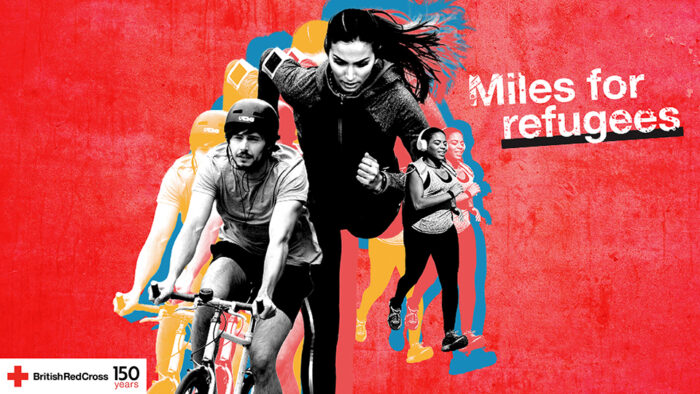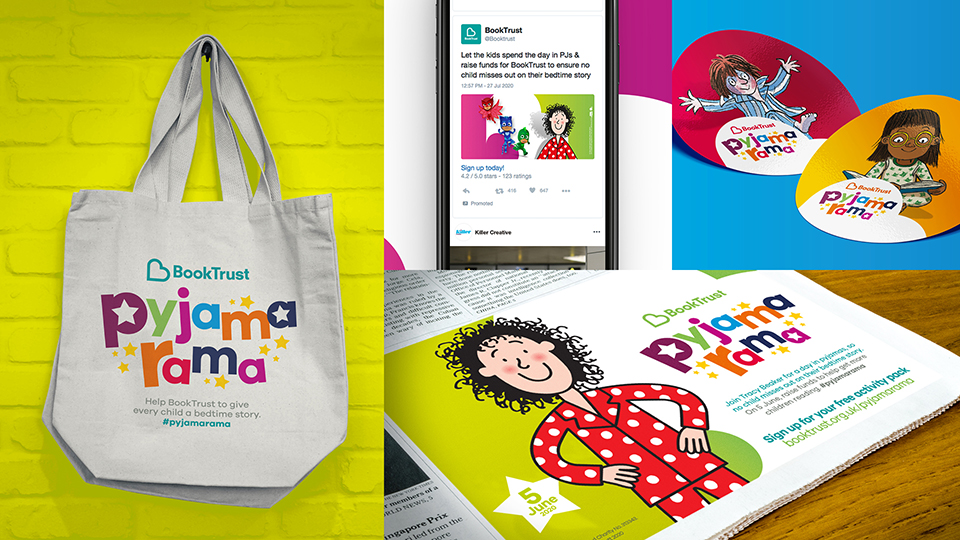Zoom Room Takeaways
– Connecting Through Creative
Thursday 25th November 2021 saw us host our 7th Zoom Room series: Connecting Through Creative.
Our Zoom Room sessions came about back in 2020 when lockdowns and remote working became the norm, and we needed to find alternate ways to connect and network with people. After taking a break in our sessions as the world opened back up again, it was great to see and welcome so many friendly faces from our existing charity partners and new.
Our Fundraising Director, Sophie and Art Director, Dave talked through Killer’s four key principles and five case studies demonstrating the different ways of delivering against a brief with creative that helps drive the success of a campaign.
For those that missed it, or want a refresh, we have created a round-up of key takeaways for you here – enjoy!
Four key principles
- Good creative can get you new supporters
- Different audiences talk differently
- The job of creative is to sell stuff
- Brand should mean a single vision, not a single creative

Key themes for getting good creative
As we looked back through our archives, we explored 5 case studies: Walk Your Socks Off for Guide Dogs, Miles for Refugees for British Red Cross, DeChox for British Heart Foundation, Swim Marathon for WaterAid, and Pyjamarama for Book Trust. For each of these, we outlined the client’s campaign objectives and the reasoning behind the creative. During the session, we identified common themes:
- Cause vs Product. This is a theme we often explore in our creative. It is about creating a clear messaging hierarchy by considering all the factors that influence this decision. In most cases, when acquiring a new audience is a key objective, it is imperative to talk to your audience in a relatable way to help them engage with the product. If, for example, we are creating a running challenge, we want to make sure we are primarily speaking to runners. Once we have led with the top motivation and common ground, we can underpin with the cause and make sure the event is identifiable to the charity. On the other hand, if we ask for a donation or talk to a warm audience, the cause often sits at the top of the hierarchy.
- Brand rules: Useful & limiting. Brand rules are essential in any organisation to ensure consistency and recognition across the board. However, they can sometimes limit our ability to get cut through and appeal to a new audience, so new ways of interpreting them are needed. The navigation around them is key, but sometimes the smallest changes can have the biggest impact.
- Literal vs Emotive creative. A primary objective is to connect with the audience and establish a relationship. The best way to make this happen is through the creative where you engage your audience and encourage them to take action, and sign-up/give. Throughout our creative process, we consider where it’s essential to be very literal in our depiction of the activity and when it is better to create a more emotive creative. The focus will differ case by case, but the goal remains the same: connect with the target audience and encourage them to take action.
- Enhance rather than distract. You always need to ensure the creative is readable and relatable to your audience but remains stand-out and identifiable. There may be opportunities to dial up the unique elements, like incentives and illustrations that will enhance the overall event but we know it is a precarious balance making sure this does not distract from the event and cause.

Case study round-up
Taking the above themes into consideration and the knowledge of how every campaign created is underpinned with rational and strategic planning with a twist of commercial insight, we saw how they applied to each of our 5 case studies:
- The Humour & reward of Walk Your Socks Off gave Guide Dogs a unique and motivating event.
- The Miles for Refugees campaign pushed the brand guidelines to acquire a new audience without ever overstepping the mark.
- That a surprising and bold campaign can resonate with the right audience like in DeChox.
- The bold ownership of the name Swim Marathon and celebration of water gave WaterAid a totally ownable product.
- Unique assets such as the Pyjamarama illustrations can be used to give an event an exciting, relatable and credible feel.
Dave’s top tips & insight takeaway’s
We couldn’t leave you without some of our Art Director Dave’s top tips and insights to take away:
- Talk to your audience. Make messaging and creative relatable to the proposition.
- You can use a tried & tested product, but make it unique & relative to you and your cause.
- A little bend or a slightly different approach to brand guidelines can have a big impact. But it is vitally important that the comms still look like they come from you.
- Nothing wrong with a bit of humour in the right place. If the audience like the campaign, they’ll like the charity for doing it.
If you’d like to know more, get in touch to discuss how Killer can take your campaign to new heights and stand out from the crowd! Email Olivia, Client Development Manager, at suzy.kennedy@killercreative.co.uk
